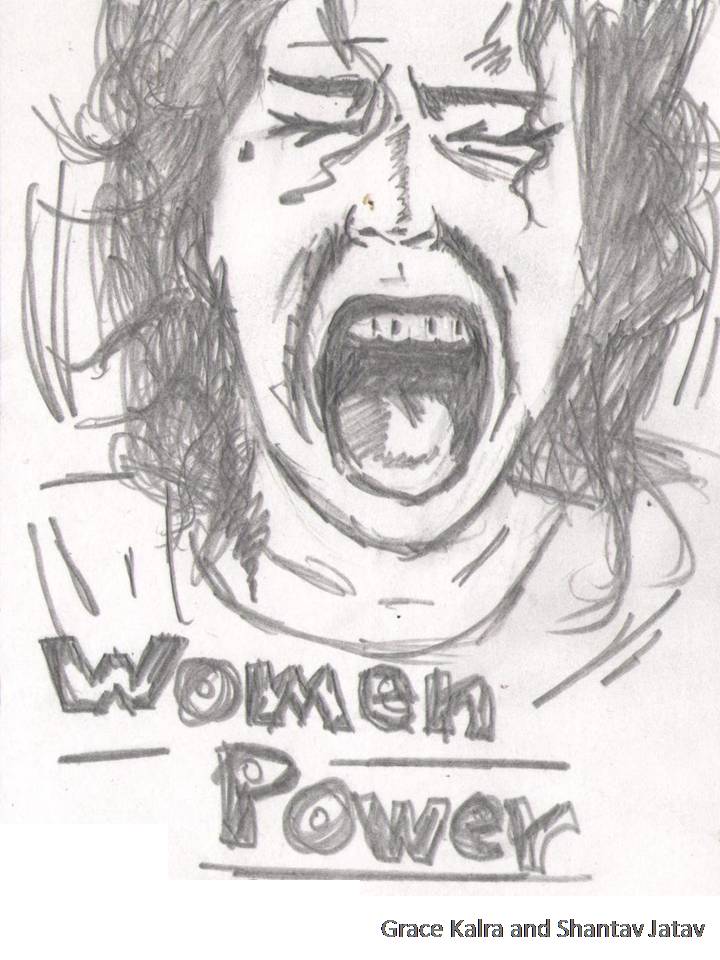Exploitation of Women

Womens Rights In other countries women face issues such as trafficking, limited health care, rape, poverty, forced abortion, arranged marriages, and a lack of right to education or the ability to work. Sadly in other countries people tend to turn a blind eye to what is going on to women and many women even die as result. According to PBS.org in a poll, conducted by TrustLaw the following countries were considered to be the most dangerous places for women to live:
The survey was based on the six risk categories of: “threats, sexual violence, non-sexual violence, cultural or religious factors, lack of access to resources and trafficking” (PBS).
United States
A lot has changed in the United States regarding women’s rights. If we look back on how things use to be women were often seen as caretakers who were not allowed work or even vote. Much has changed since the early 1900s and it all started with the ratification of the 19th Amendment of the U.S. Constitution, which granted American women the right to vote in 1920 (Morse).
After the ratification, women slowly began entering the workforce. This was mostly due to the fact that women were trying to assist their families during the stock market crash. Soon after this women flooded the workforce due to World War Two. While men were away fighting the war, women took over labor positions. “World War II catapulted up to 38 percent of American women into the workforce to fill the labor shortage left by men serving as soldiers. After the war, returning soldiers displaced many women, but women re-entered the workforce with the economic expansion of the late 1950s and the 1960s” (Morse).
Despite the fact that women were finally allowed to work they still faced many hardships. They were not being paid equally and were being discriminated based on the fact that they were women. Morse points out to protect women in the workforce the U.S. Government has since passed the following laws:
As a result of all of these changes women in the USA today have the right to vote in presidential elections, have the right to reproductive choice, and they have the right to protection against violence. They also have the right to employment, provision of child care federal funds, and prohibition against discrimination of pregnant women. A lot has changed and continues to change in the United States, but sadly many other countries have not yet followed suit.
|
Text by: Julianne of PJMS
Poem by: Vanshika of St. Marks
Sketch by: Grace and Shantav of St Marks School
Template Designed by Students of PJMS
Sofware Used:
- Dreamweaver
Image Provided by: GSBI
Works Cited
Clingmon, Stella. "Poll: The 5 Most Dangerous Countries for Women." PBS. PBS, 05 July 2011. Web. 20 Mar. 2013. http://www.pbs.org/newshour/rundown/2011/07/poll-five-most-dangerous-countries-for-women.html.
Morse, Jane. "Women's Rights in the United States." Women's Rights in the United States. U.S. Department of State's Bureau of International Information Programs, 26 Feb. 2007. Web. 20 Mar. 2013. http://www.america.gov/st/peopleplace-english/2007/February/20070226171718ajesrom0.6366846.html.
Boglári Általános Iskola
Balatonboglár. Hungary
Percy Julian Middle School
Oak Park, Illinois USA
ST Marks School
New Delhi, India
